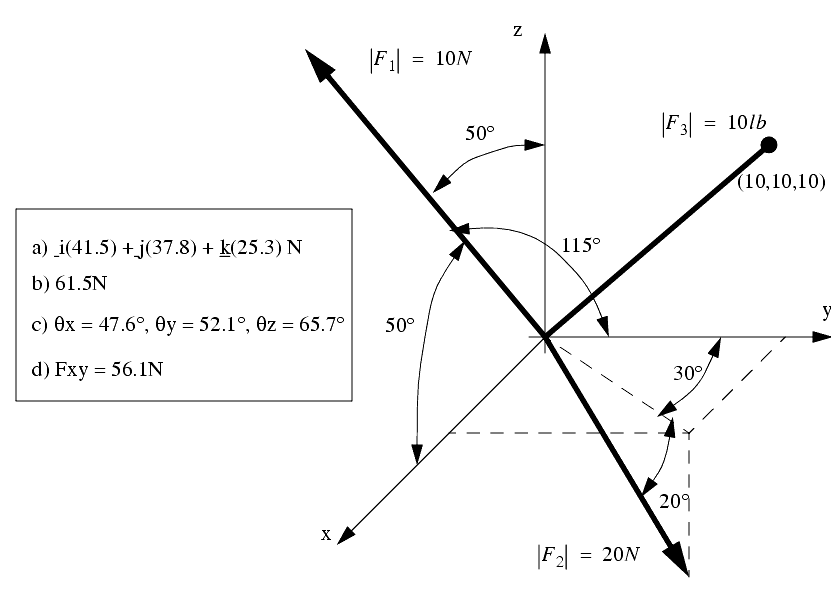

To do this mathematically, we use the cross product to calculate the moment of the force about any point along the axis, and then we take the dot product of a unit vector along the axis and the moment vector we just calculated. To find the moment of a force about a specific axis, we find the moment that the force exerts about some point on that axis and then we find the component of the moment vector that lines up with the axis we are interested in. Calculating the Moment About an Axis via the Dot Product:

If we are only interested in the rotation of the door, we will want to find the moment that the force exerts specifically about the axis of the hinges. In that case, the component of the moment vector that lines up with the axis of the hinge will cause a rotation, while the component of the moment vector that does not line up with the axis of the hinge will cause reaction moments in the hinge. If we took the moment about a point (say one of the hinges on the door) we may find that the moment vector does not line up with the axis of this hinge. An example would be a force on the vault door in the image to the right. It is sometimes useful to be able to calculate the moment a force exerts about a certain axis that is relevant to the problem.

Since this corresponds to moments along the axis of the hinge, it may be useful to specifically calculate the moment a force exerts about the axis of the hinge. Moment of a Force About an Axis The hinge on a door such as the one shown above will only allow for rotation along the axis of the hinge.


 0 kommentar(er)
0 kommentar(er)
